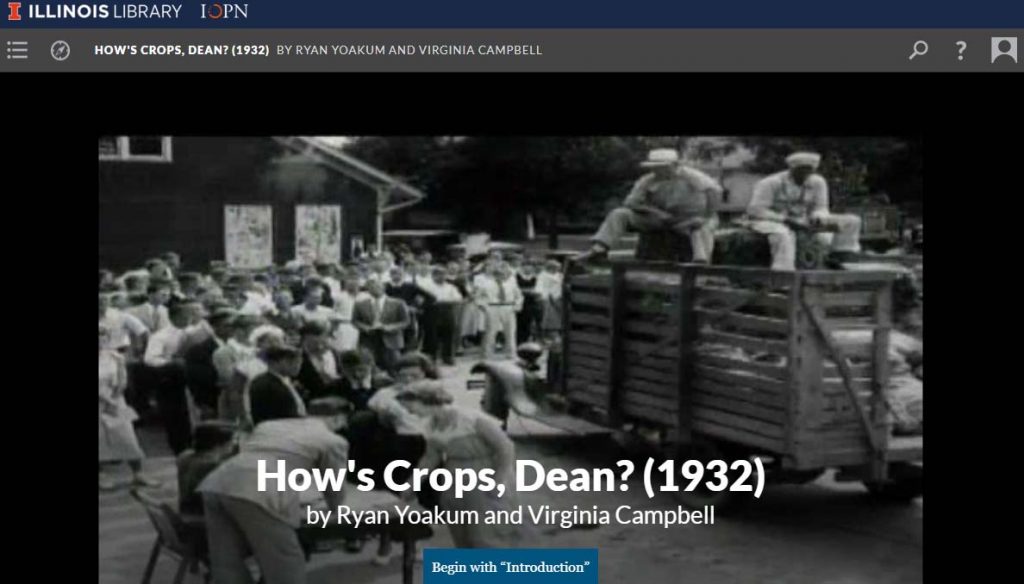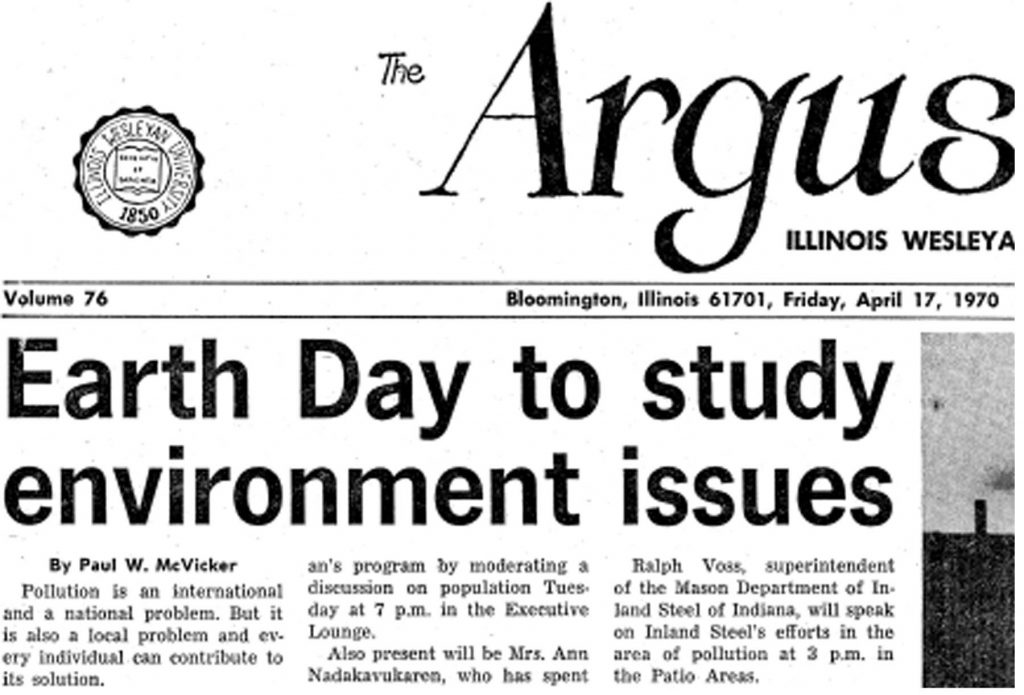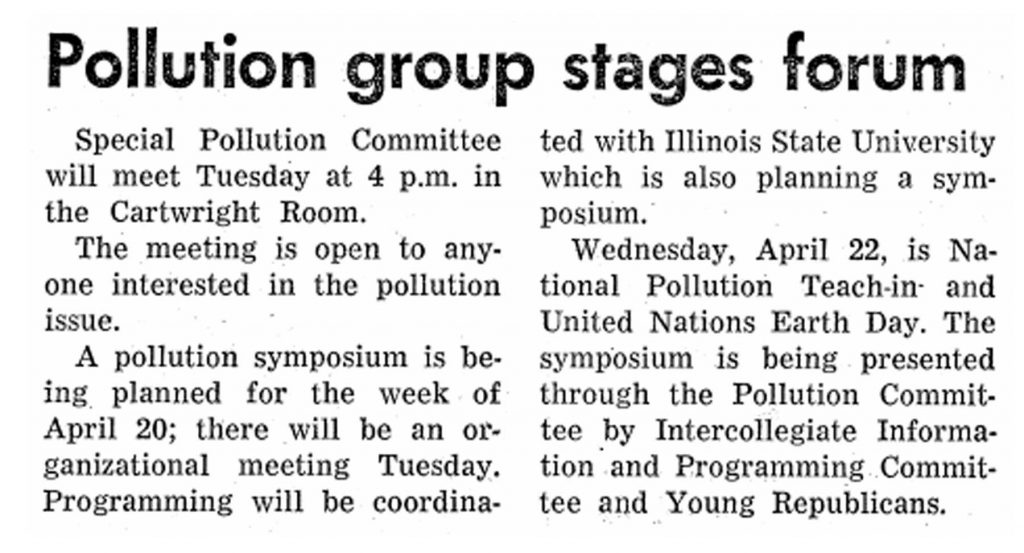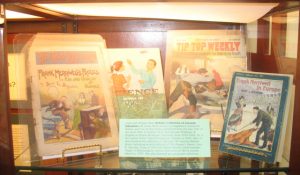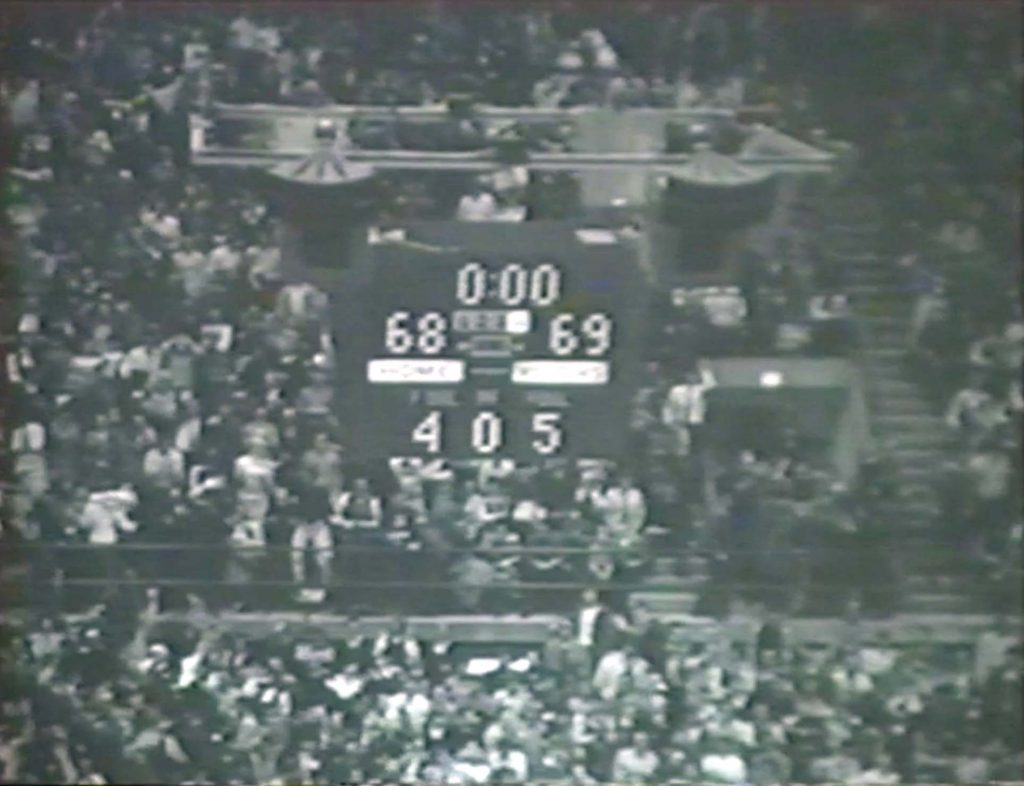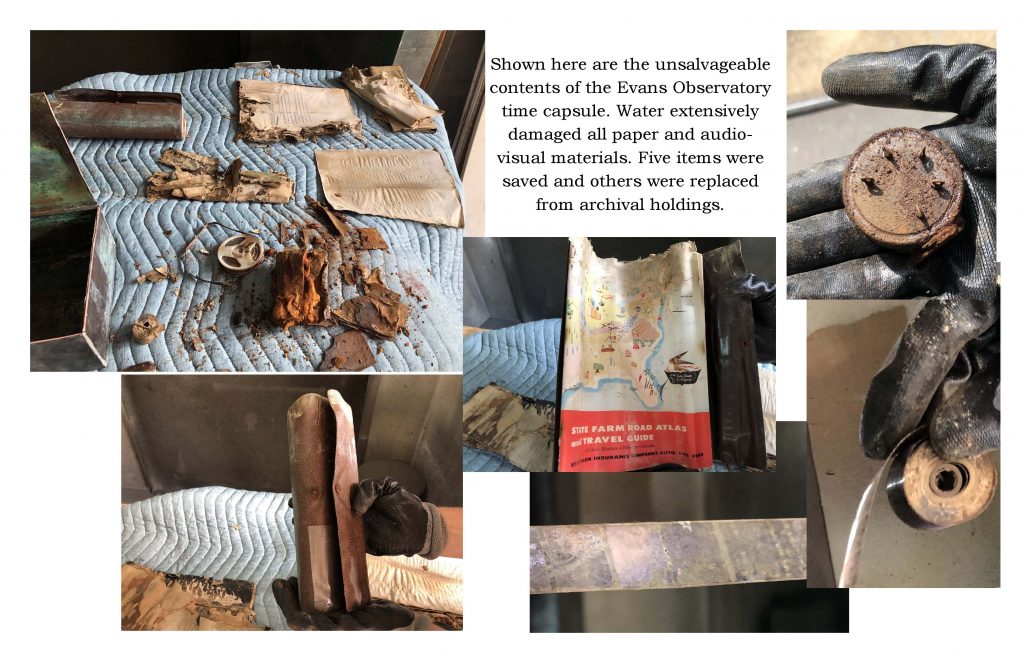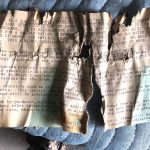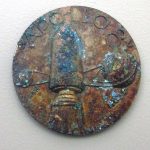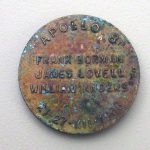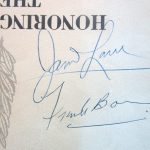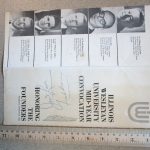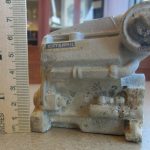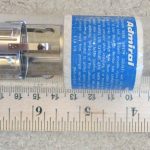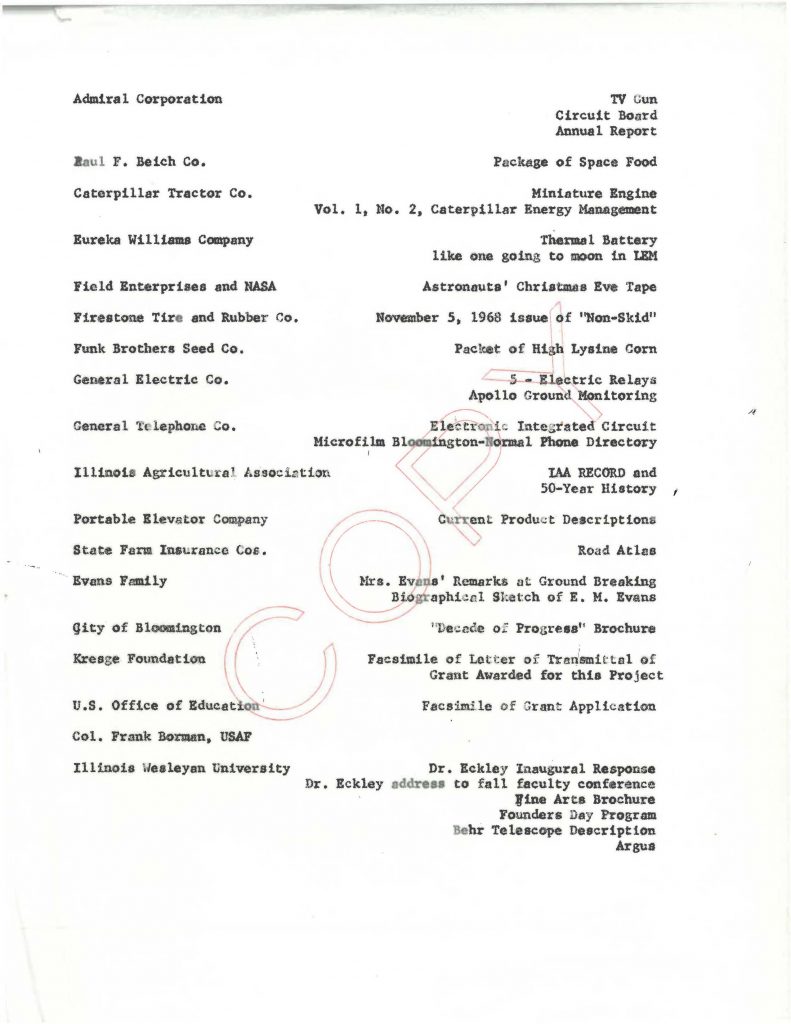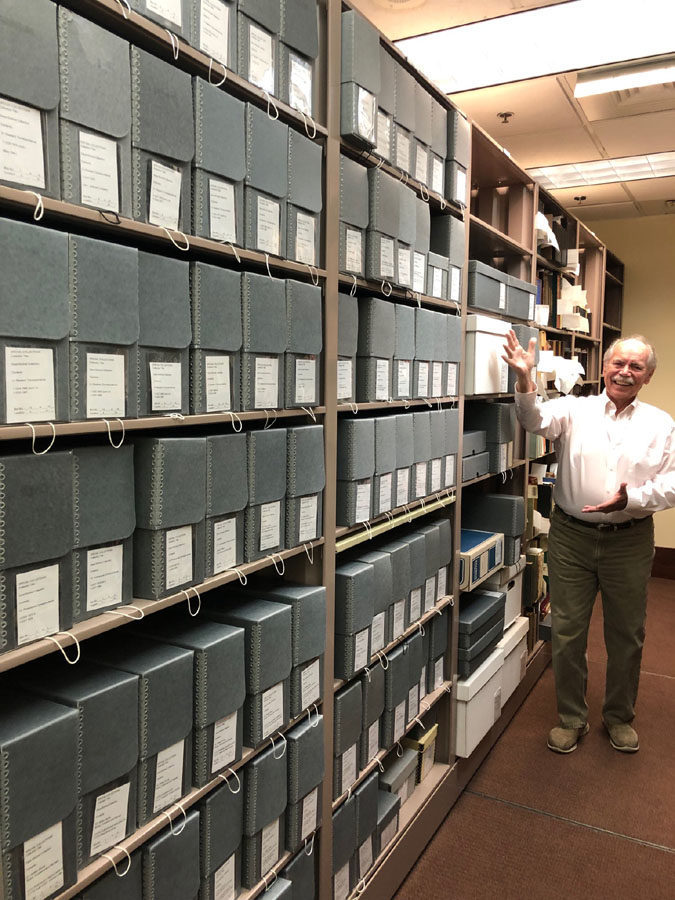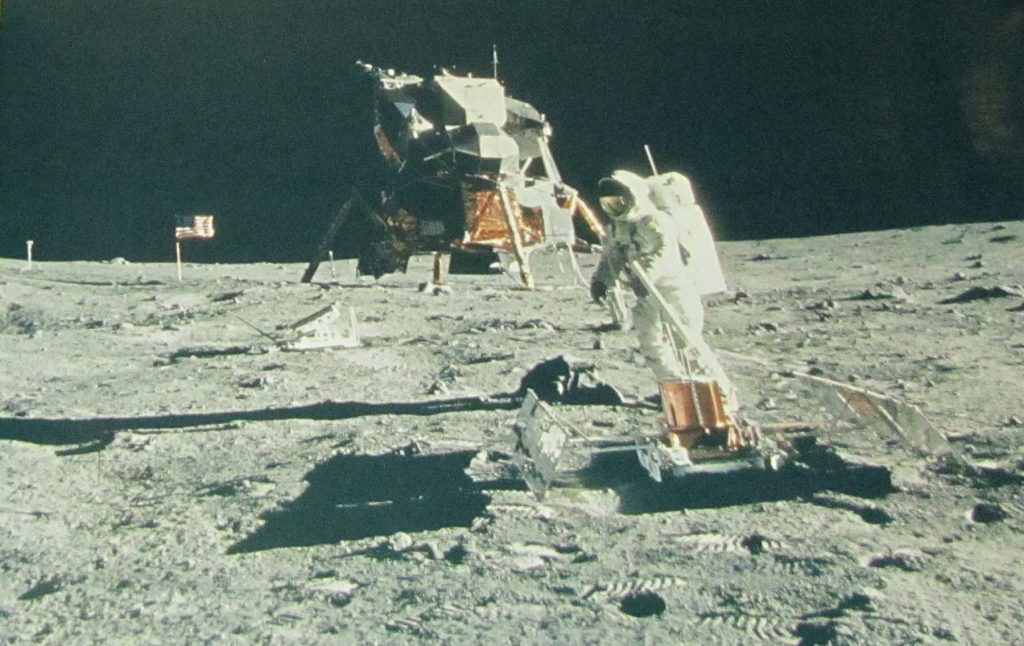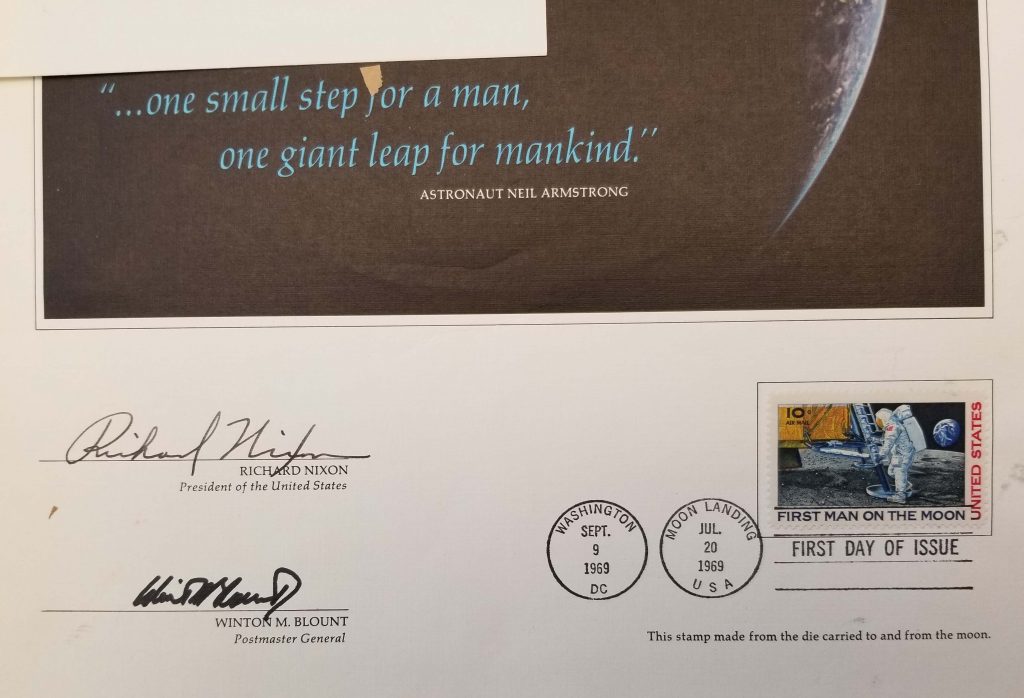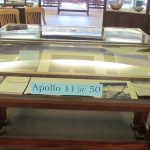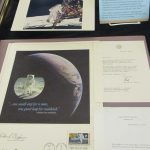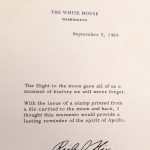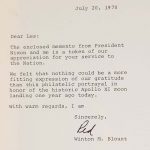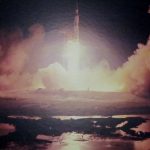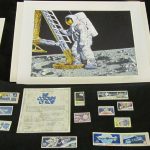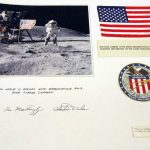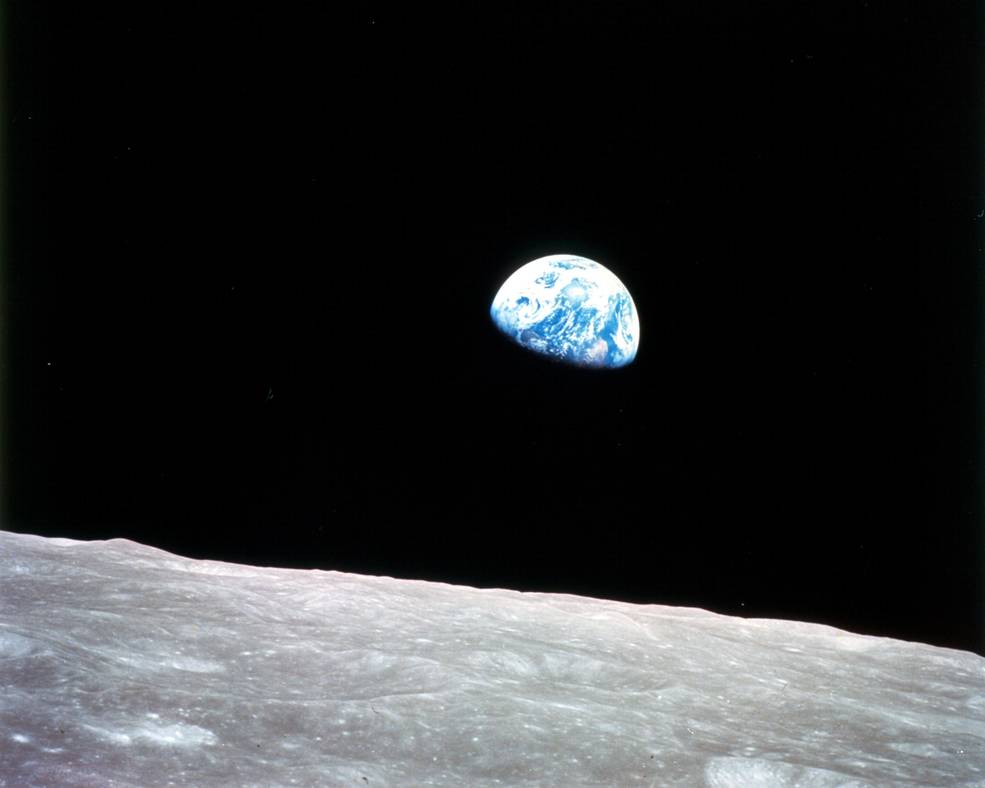
Cynthia O’Neill standing ready to examine audiovisual media from the Arends Collection
Earlier this summer, University Librarian Scott Walter posted news on the start of Cynthia O’Neill’s graduate school internship.As Scott stated, we view the library as “the site for research, internships, and community projects that demonstrate our commitment to engaged learning, both for our undergraduate students and for graduate students working toward a future in library work.”
During her 150 hours in Tate Archives & Special Collections, Cynthia accomplished her internship goal of putting classroom experiences to work in a real-world environment.
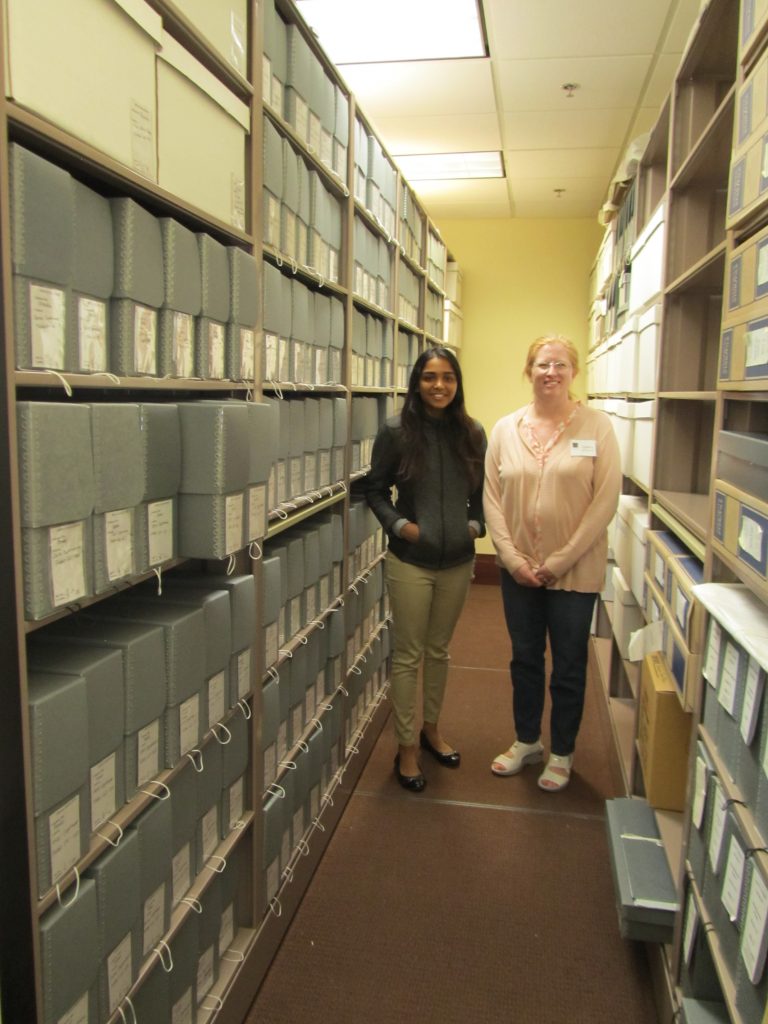
Tulasi (left) and Cynthia stand in a row containing the Arends Collection at the completion of their work.
The largest project Cynthia undertook was conducting a preservation assessment of the media contained in the Leslie Arends Congressional Collection. She also created a framework of analysis for Special Collections Student Assistant Tulasi Jaladi (’20) as she conducted an assessment of the papers held in over 5,000 folders in this collection. Tulasi also re-boxed the collection, replacing from 80 records-storage boxes that had become acidic over time with the smaller document boxes you see on the left in their photo.
Throughout this work Cynthia and I discussed the kinds of preservation analysis resources available and how these sources could apply to the work at hand. The result of Cynthia and Tulasi’s work will guide me to the specific parts the collection, some of which is over 80 years old, that need preservation treatments. Most of the paper (the bulk of the collection) is in good condition, but the audiovisual content on older media (like 35mm film and reel-to-reel tapes) is quickly becoming inaccessible because the technology needed to play it is no longer widely available. Some of these recordings are also showing tangible signs of age-related damage. With these details, I will estimate costs of the preservation actions needed.
-
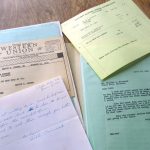
-
Several types of paper
-
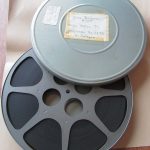
-
35mm film
-

-
U-matic video tape
-

-
Photo negative rolls
Cynthia’s experiences in both a museum and public library led us to interesting cross-institutional discussions about policy needs, patron types and research and staffing concerns. Her passion for material culture also resulted in a timely exhibition on the Apollo 11 moon landing. Cynthia proposed the idea based on her survey of the Congressman’s collection, which contains additional material on the Apollo program. She also reached out to a museum in the region to make a connection between us for a larger exhibition she knows they are doing in the fall. I appreciate having the opportunity to collaborate outside of academia!
The processing project Cynthia undertook for a recent donation by artist and alumna Marjorie Kouns (’79) was small enough—and had enough unique aspects to it—that we were able to dive into theory vs. practice discussions right away. There was so much variation in this personal “papers” type of collection that we could consider strategies for different types of arrangement.
Afterwards, Cynthia conducted a thorough assessment of materials and presented me with her observations and ideas about their organization and preservation needs. After I approved a final arrangement plan, I taught her how to use ArchivesSpace to make a record for the collection. To enhance our understanding of this artist’s work, Cynthia agreed to conduct an oral history interview with the donor.
One day I mentioned receiving a fairly typical-to-the-archives donation from a long-time staff member who just retired. I outlined how this would be a different collection from the artist’s. On her own initiative, Cynthia offered to assess and process this material. She readily made the transition from the concepts we discussed about arrangement for a personal collection to a professional one.
To enhance her understanding of book history, Cynthia capped off her experience by creating a tutorial on historical book construction techniques and their preservation needs. She used selections from Special Collections to provide examples of these works, and so we now have a resource to help prepare visitors about what they can expect to find in special collections, how book history relates to these specific items, and how they can interact with them to help preserve them for the future.

